Kittens, Puppies and Raw Food
You just added (or are considering adding) a new furry member to your family - congrats! One of the most common questions we hear from new pet parents is: "Can kittens and puppies eat a raw food diet?" The short answer is YES! - but with some considerations to ensure it's done safely and correctly.
Benefits of Raw Food for Kittens and Puppies
Just like adult cats and dogs, kittens and puppies are natural carnivores. Their bodies are biologically designed to digest and benefit from raw animal proteins. A properly formulated raw diet can help support:
- Strong Immune System: Raw diets are rich in naturally occurring enzymes, vitamins, and minerals, which can help strengthen developing immune systems.
- Healthy Skin and Coat: High-quality proteins and healthy fats from raw meat support soft, shiny fur and healthy skin.
-
Optimal Growth: A species-appropriate raw diet supports bone development, muscle growth, and organ health.
Choosing the Right Raw Food Diet for Kittens and Puppies
Young animals are growing rapidly, which means they have unique nutritional needs. Their bodies require the right balance of protein, fat, calcium, phosphorus, and other nutrients to grow strong and healthy. This makes it especially important that a raw food diet is:
- Complete and Balanced: Feeding a homemade raw diet of random cuts of meat without proper research or expert consultation can lead to nutritional deficiencies or excesses. Not all commercial raw pet foods are formulated to support the growth and development of kittens and puppies, either. It's crucial to read pet food labels to ensure you're choosing a diet that supports all life stages. All Steve's Real Food and Quest Cat Food raw diets are formulated to meet the nutritional levels established by AAFCO Dog and Cat Food Nutrient Profiles for All Life Stages, including growth of large size dogs.
- Pathogen-Controlled: Kittens and puppies are more vulnerable to illness, so it's important that the raw food you provide is safe. We use rigorous food safety protocols like High Pressure Processing (HPP) and batch testing to minimize risk while preserving nutrients.
Transitioning to Raw
If you're new to raw feeding, we recommend a gradual transition over 7-10 days to allow your pet's digestive system to adjust. Start by mixing small amount of raw food into the current diet, slowly increasing the portion as tolerated. Learn more about transitioning to raw here and use our Feeding Calculator for a custom feeding amount recommendation.



